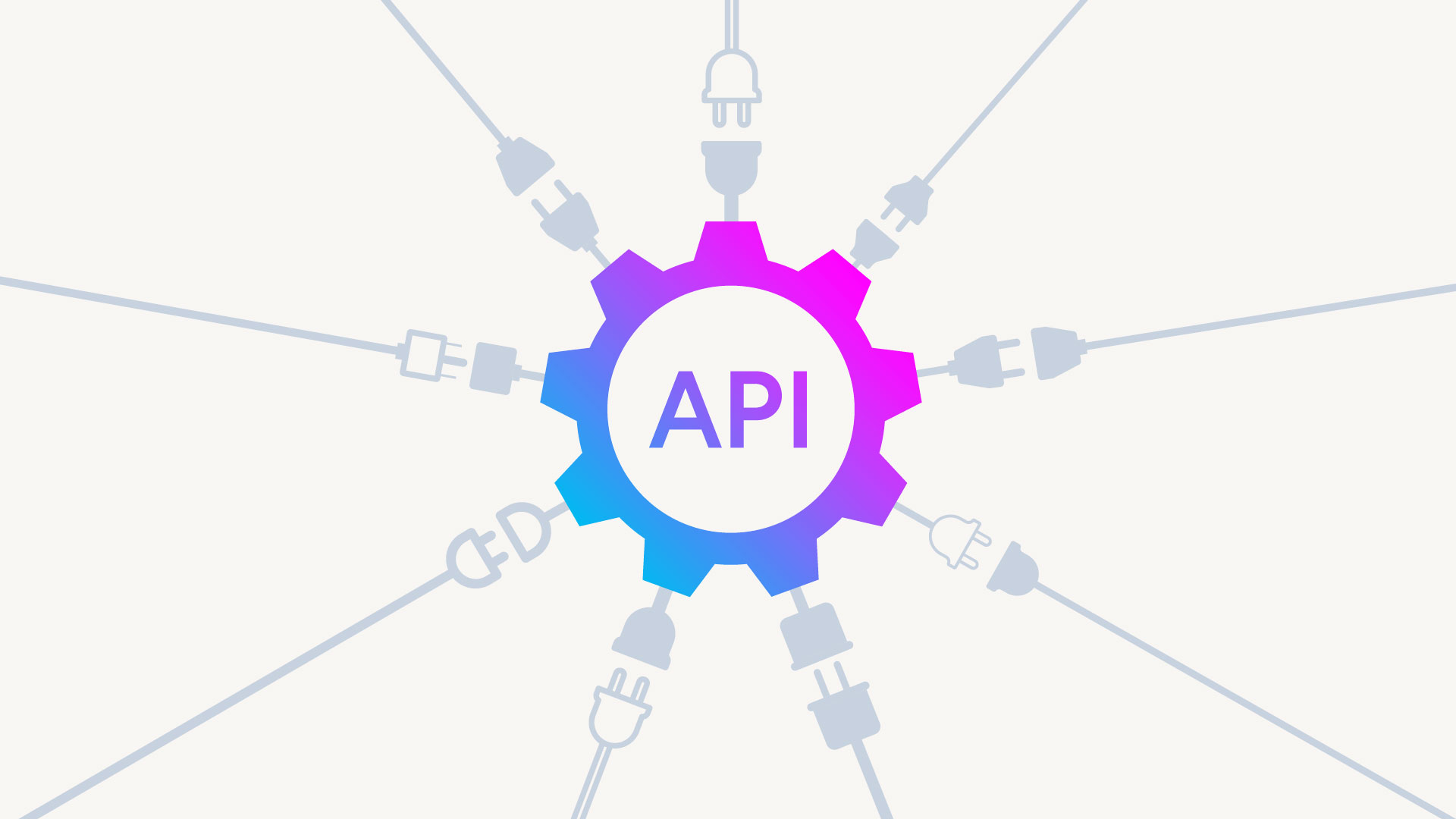Online, people often use the terms API design and API strategy interchangeably. However, the matter of the fact is, these are two completely different things. Both are the most crucial steps in the lifecycle of an API, but one comes before the other. So we need to strategically design it.
You probably know just how much planning goes into developing an API. And if you’re working on your own API, you have to know which one of these two steps come before the other. First off, we need to discuss the importance of coming up with a fleshed-out API strategy…

How to Implement an API Strategy?
First, you need to understanding that creating an API from beginning to end is a complicated process. There are numerous things you need to pay attention to; you need to find the right developers to help, you need to start working on documentation early on, and you need to get the right API builder to ensure everything goes right.
And that’s just a part of it. Before you even write down a line of code, you need to consider what the aim of your API is. Are you trying to provide a good digital experience for your users? Do you want to connect your employees with partners? Or you want to launch a new, innovative service?
When you finally decide the purpose of your API, you need to address these specific requirements:
1. Usefulness
By defining your business goals, you’ll be able to figure out how an API can help you reach them. Basically, you need to make sure that the API will bring some value. You should look for certain gaps in your niche or industry that could be exploited through an API.
2. Usability
Next, if you want to have a large user base, you need to make sure that your API is easy to use. That’s where the aforementioned documentation comes into play. You need to examine the tools of your target demographic and make sure that your API can be easily integrated with them.
3. Scalability
Your API also needs to be easily adaptable. That means it needs to have a good enterprise architecture around it. Before you can launch your API and make it available for other developers to use it, you have to make sure that a versioning methodology is set in place.
4. Sustainability
The activity of your API needs to be easy to overlook, and more importantly, control. Therefore, you need to determine the operational/business metrics. And you should also pay some special attention to your security measures – make sure that they are established without unnecessary barriers.
How to Align Your Design and Strategy?
In order to make your launch successful, you need to make sure that your architecture and strategy are properly aligned. The design process is specific to the functions of your API, but the strategy dictates your overall objectives.
The team members in charge of the design process need to align their goals with your business objectives. Simply put, the API design is a bridge that moves your product from the planning stage to the build stage. And the design process cannot start until you have your strategy in place.
If you want to know more about the alignment of API design and strategy, we recommend you download and read this CA Technologies eBook.
The Bottom Line
And there you have it. Now you know the differences between the API design and strategy. Both processes are important in their own right and you wouldn’t be able to launch your API without them. Work on both of them carefully and you’ll be able to create a successful product without a problem.
We hope you enjoyed our article and that you found it informative.
Of course, if you have any additional questions, feel free to leave a comment in the comment section below and we’ll get back to you.
Leave a Reply